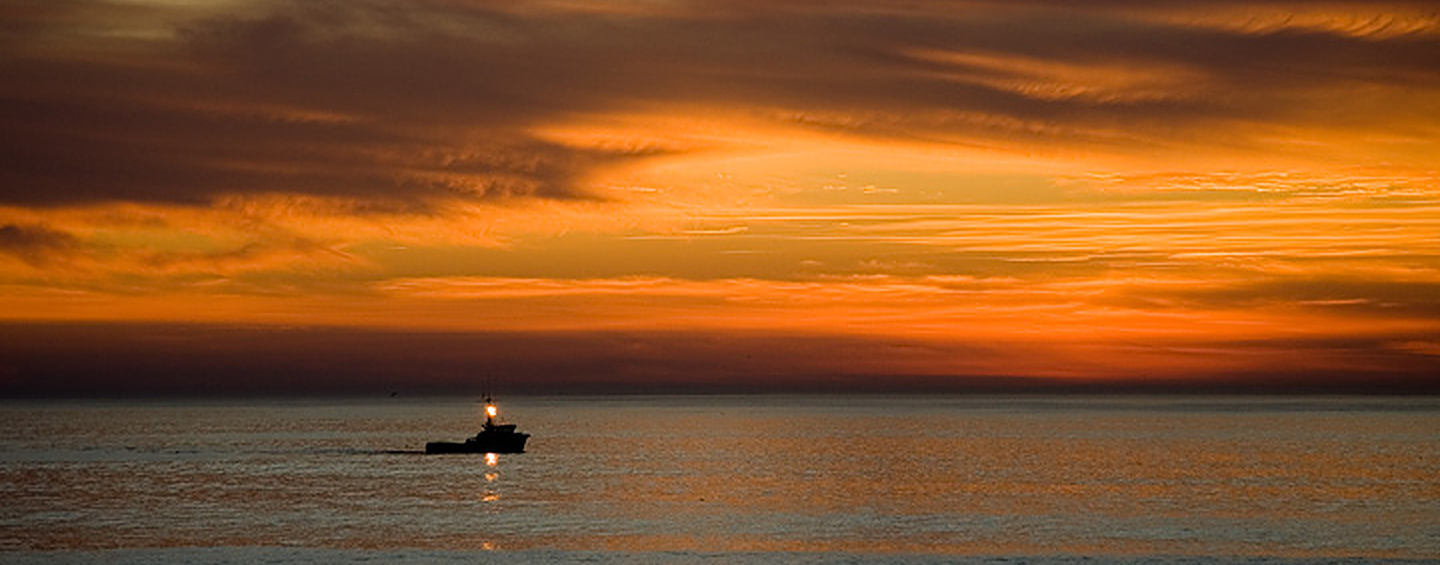Those of us who have been involved in the sustainable seafood movement – NGOs, industry, donors, academia – deserve a pat on the back. Over the last 20 or so years…
– Certified sustainable and responsible wild and farmed seafood production has grown significantly
– Demand from major buyers for sustainability and improvement is spreading into a growing diversity of markets
– Industry leaders have popped up all along the supply chain and now speak the same language as NGOs
– The “human” side of seafood production and processing is now a major concern for much of the industry
– Financing of the movement has deepened and diversified through investment from philanthropic organizations, industry itself, development agencies, and high-net-worth individuals
– Many businesses have operationalized sustainability tools in their daily workflow as decision-making tools
– [Insert your other favorite systemic changes here!].
To reach the achievements above, many NGOs have served lots of roles for the seafood industry: advisor, validator, convener, consultant, CSR department extension, and several others. We argue that, particularly in markets like North America and northern Europe (including the UK and Germany) where this movement has been ongoing for over a decade, NGOs need to refocus our efforts more on conservation gains and less on servicing industry’s non-conservation priorities. Of course, we want the seafood industry to continue succeeding, especially in support of scaling up the above achievements and finishing what we all started, to make seafood sustainable globally.
On the major-buyer end of the supply chain, companies in mature markets have met or are meeting their sustainable seafood commitments. A broad suite of resources is now available for them to succeed. Going forward, SFP believes that T75 offers a roadmap that our fellow NGOs and their partners could rally around to drive tangible and measurable results where influence exists. This includes pushing improvements in addressing the impacts of fishing on ecosystems and biodiversity. It also means engaging buyers in national policy improvements in aquaculture and fisheries, which leads us to the production end of the supply chain…
SFP sees the biggest area where gains still need to be made for sustainable or improving production as small-scale producers in countries of poor governance and resource management. The traditional modes of market-based work we’ve been using for years are reaching their limitations in terms of impact in this area. We believe there is a need to “blend in” more modes of traditional conservation work, for example, by finding ways to establish regional or local governance and management that can flourish in under-performing national fisheries and aquaculture management systems. Co-management systems have been shown to relieve burdens from government while giving producers more control over their resources.
At the national level, NGOs must double-down efforts to encourage governments to raise their standards for fisheries and aquaculture management. National policies need to be put in place to improve all production, not just from select farms or fisheries. These policies need to support and encourage the types of management systems (like co-management) that make sense for that country. Part of the “blending” mentioned above is aligning the leverage of our markets-based work to push and reward these more traditional conservation efforts.
The Conservation Alliance for Seafood Solutions (the Alliance) could serve as a powerful platform to implement this model of “more conservation and less seafood solutions.” The Alliance originally came together to provide a Common Vision to industry and NGOs that offered a roadmap for us all to realize the achievements mentioned in the beginning of this blog. As the Alliance takes a fresh look at its strategy for the future, it should start with ensuring a common objective among its members that reflects each organization’s existing conservation objectives. This renewed theory of change will help clarify how the organizations and objectives hang together as they are written today. The key will be to keep conservation as the main thread tying us together. Work that should be done outside of the Alliance (e.g., by industry themselves, by fee-for-service providers) should not be considered for collaboration under the group. We must ensure that we use philanthropic funds for true conservation efforts, where industry is unable or unwilling to do the work itself.

